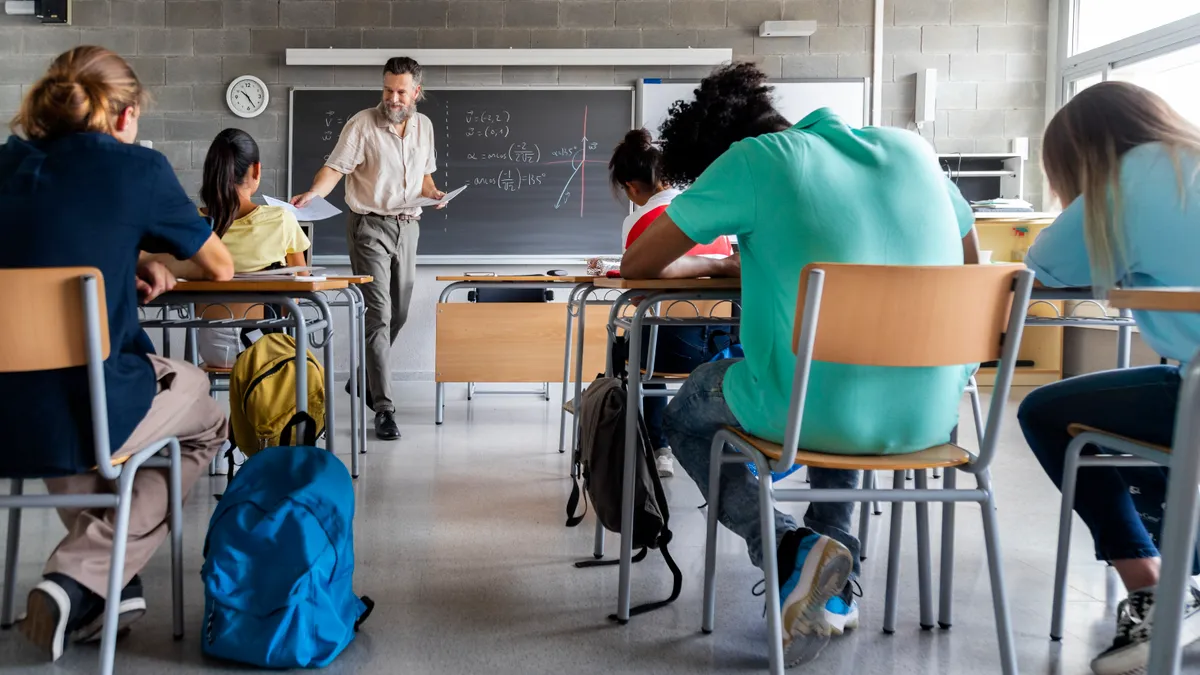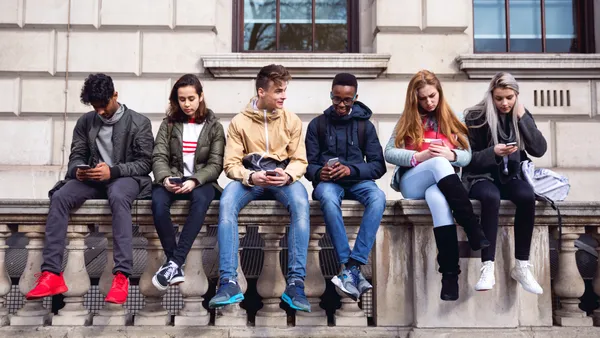Dive Brief:
- Back-to-school and back-to-college spending are expected to reach record high levels this year, according to an annual survey released Thursday by the National Retail Federation and Prosper Insights & Analytics.
- Spending for K-12 is expected to reach $41.5 billion, up from $36.9 billion last year, while spending for college students is expected to reach $94 billion, up $20 billion from a year ago.
- Spending on retail electronics is expected to drive the uptick. The report says 69% of back-to-school shoppers plan to buy electronics or other computer-related accessories. Families with kids in grades K-12 plan to spend an average of $890.07 on back-to-school shopping, while college students and their families expect to spend $1,366.95 per person.
Dive Insight:
Although it’s just about a week after the Fourth of July, many consumers have already started shopping for the upcoming return to school. As of early July, 55% of consumers surveyed said they’ve already started shopping. That’s on par with last year but up from 2019 when 44% of respondents said they’d started shopping.
The survey found that total spending on electronics is expected to reach a record-setting $15.2 billion this year, with purchases of laptops, tablets and calculators toping the category for the K-12 segment.
For the college segment, spending on big-ticket items such as electronics and furnishings, along with necessities like food are expected to represent more than half of the increase in total back-to-college spending this year.
“Back-to-class shopping is one of the most important consumer shopping occasions of the year,” NRF President and CEO Matthew Shay said in a statement. “Our research for 2023 shows American consumers are eager to jumpstart their back-to-school and college purchases early. Retailers have been preparing for months to ensure they are well stocked with essential items that families and students need for the school year.”
But only some people started shopping early. Eighty-five percent of respondents said they still had at least half of their shopping to do. Regardless if they’ve started shopping or not, most back-to-school shoppers said their top destinations to buy are online, department stores and at discount stores.
“Even though consumers plan to spend more on school and college-related items this year, they are still looking to find the best value and deals,” Phil Rist, Prosper’s executive vice president of strategy, said in a statement. “Consumers are stretching their dollars by comparing prices, considering off-brand or store-brand items, and are more likely to shop at discount stores than last year.”
Another recent survey conducted by JLL found similar trends. That snapshot of school-focused retail found that parents plan to spend 15.7% more this year than last year. But that survey also found that more than half of parents in that report said higher prices were driving their increased spending.
And yet another recent survey by Deloitte seems to support that perspective.
The Deloitte survey found that nearly 70% of parents plan to spend the same or less than last year. Half of those spending less said their disposable income was less. At the same time, inflation has pushed the cost of school supplies up in the last two years. Deloitte forecast that families with students in kindergarten through 12th grade will spend 10% less on back-to-school items this season.















